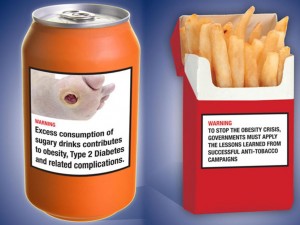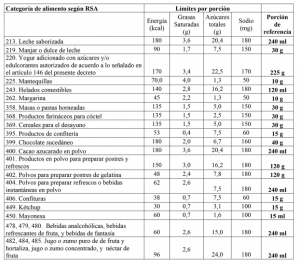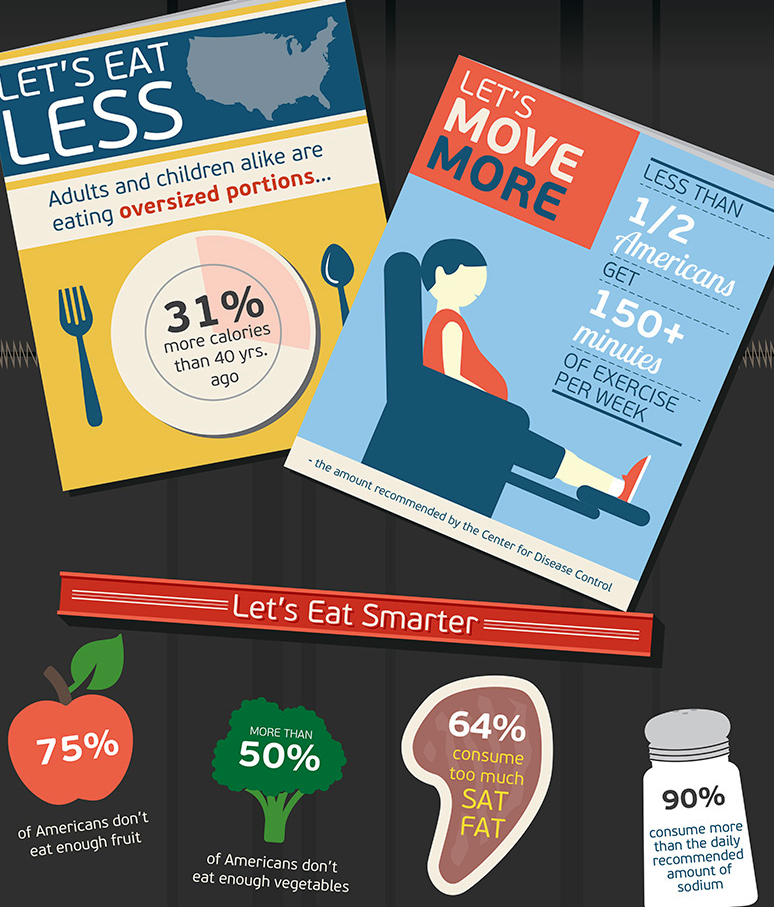PAHO issues nutrition standards for ultraprocessed foods. Beverage Associations object.
Cheers to the Pan American Health Organization/World Health Organization for releasing nutritional profile standards for making it easier for governments to distinguish fresh and minimally processed foods from ultraprocessed. The idea here is to encourage populations to consume traditional diets (see press release).
Ultra-processed foods are defined as industrially formulated food products that contain substances extracted from foods (such as casein, milk whey, and protein isolates) or substances synthesized from food constituents (such as hydrogenated oils, modified starches, and flavors). Drawing on the best scientific evidence available, the model classifies processed and ultra-processed foods and beverages as having “excessive” amounts of sugar, salt and fat according to the following criteria:
- Excessive sugar if the amount of added sugars is 10% or more of total calories
- Excessive fat if the calories from all fats are 30% or more of total calories
- Excessive saturated fat if calories from saturated fats are 10% or more of total calories
- Excessive trans fat if calories from trans fats are 1% or more of total calories
- Excessive sodium if the ratio of sodium (in milligrams) to calories (kcal) is 1:1 or higher.
PAHO’s point in setting these standards is to encourage governments to:
- Restrict the marketing of unhealthy food and beverages to children (see PAHO Plan of Action for the Prevention of Obesity in Children and Adolescents)
- Regulate school food environments (feeding programs and food and beverages sold in schools)
- Use front-of-package (FOP) warning labels
- Define taxation policies to limit consumption of unhealthy food
- Assess agricultural subsidies
- Identify foods to be provided by social programs to vulnerable groups.
Yes!
Alas, not everyone is as enthusiastic as I am about the profiles. The International Council of Beverages Associations released this statement:
We agree that obesity is a global health challenge, and ICBA and its members welcome the opportunity to work with PAHO and other stakeholders to pursue effective and practical solutions. There are some areas, however, where we believe that use of PAHO’s Nutrient Profile Model may not provide helpful guidance to consumers. There is not current scientific consensus in all areas that the Nutrient Profile Model addresses. It will not be useful if families find that nearly 80% of the foods and beverages in their grocery carts are unacceptable. Such a radical message is not likely to be followed by most individuals…we encourage governments and scientific bodies to offer food and dietary recommendations and national policies that are based on the totality of scientific evidence and provide realistic, positive encouragement to consumers to have a real impact promoting healthful diets and preventing obesity and non-communicable diseases.
The PAHO profiles may need tweaking, but they are a great first step. Now let’s see how they get implemented.







